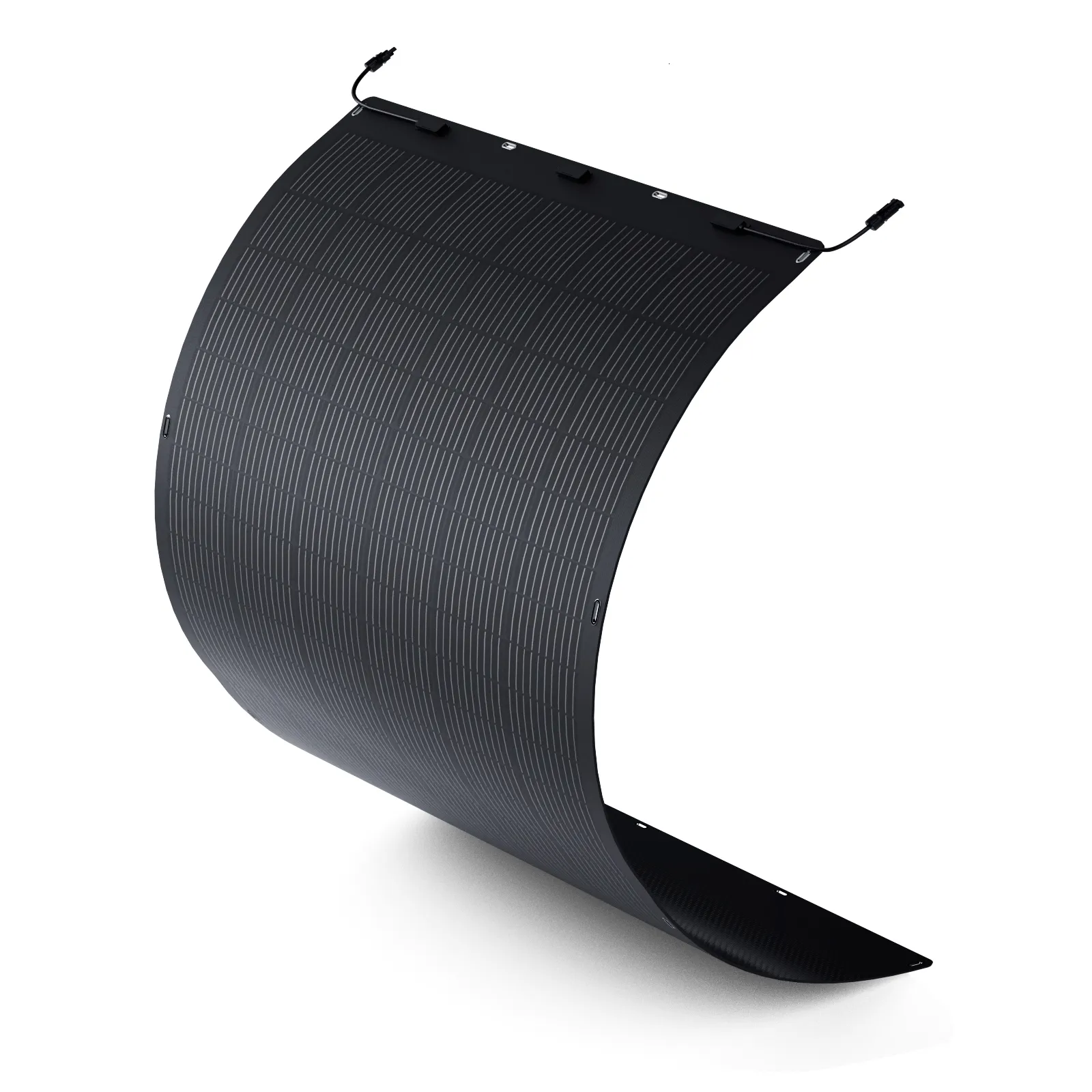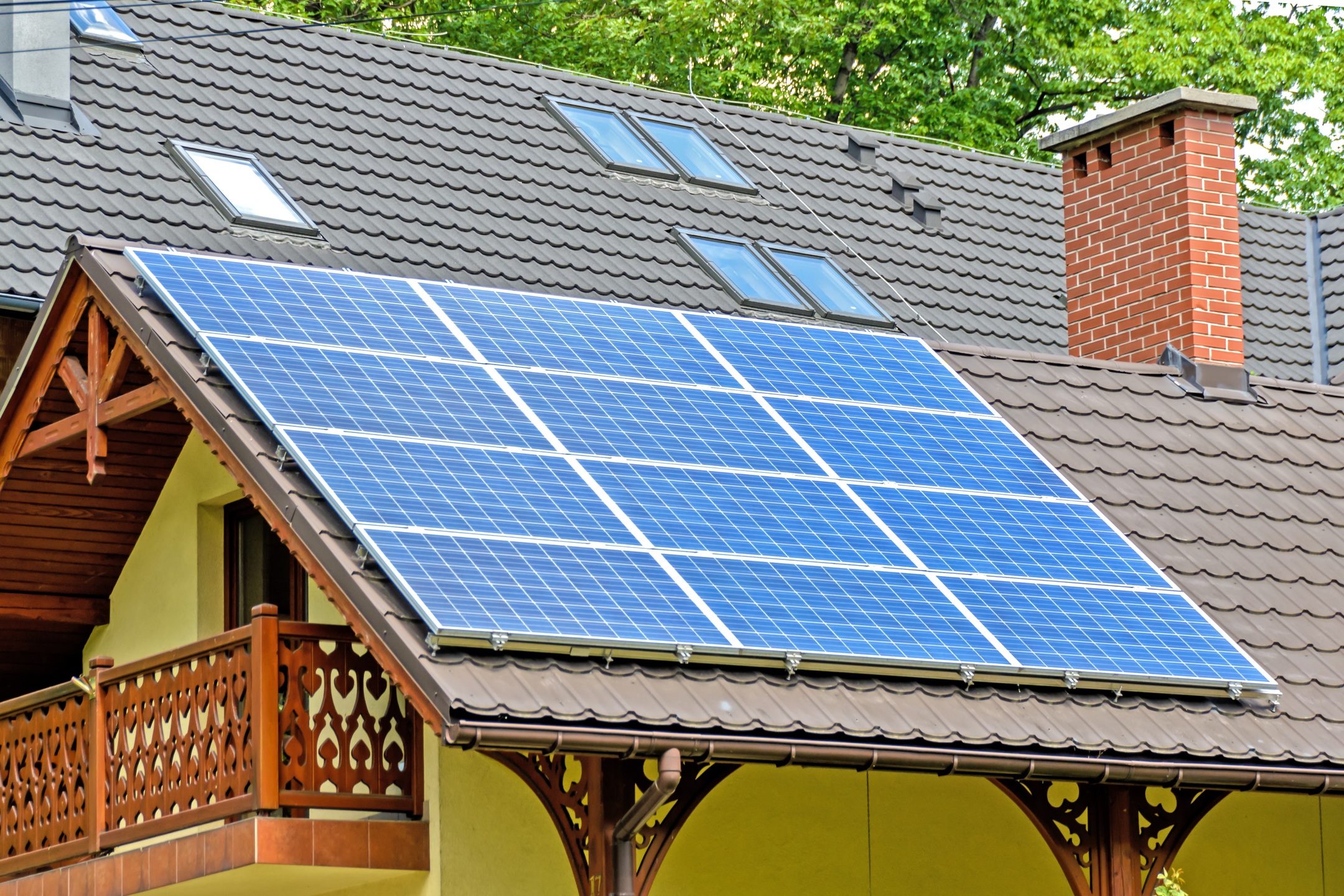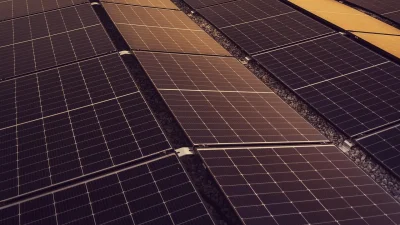Solar energy has become a cornerstone of the global shift towards renewable power. As more homeowners and businesses consider making the switch, the question often arises: monocrystalline vs. polycrystalline solar panels, which is better? There are several key differences between these two popular types of solar panels. Understanding their benefits, costs, efficiencies, and best use scenarios will help you make an informed decision about your solar investment.
- Overview of Monocrystalline and Polycrystalline Solar Panels
- How Are Monocrystalline and Polycrystalline Solar Panels Made?
- Efficiency and Performance: Which Solar Panel Wins?
- Cost Comparison: Monocrystalline vs. Polycrystalline
- Longevity and Durability Differences
- Aesthetics and Design Considerations
- Best Use Cases: Which Type Should You Choose?
- Conclusion: Which Solar Panel Is Right for You?
Overview of Monocrystalline and Polycrystalline Solar Panels
Both monocrystalline and polycrystalline solar panels convert sunlight into electricity using photovoltaic cells. However, each type is manufactured differently and has distinct properties that influence their performance and cost. Understanding these differences is essential when comparing monocrystalline vs. polycrystalline solar panels and deciding which is better for your needs.
- Monocrystalline panels are made from a single, continuous crystal structure, usually produced from high purity silicon.
- Polycrystalline panels are made from multiple silicon crystals melted together, creating a less uniform structure.
The difference in manufacturing leads to various outcomes in efficiency, cost, lifespan, and appearance. Let us dive into each aspect in greater detail.
How Are Monocrystalline and Polycrystalline Solar Panels Made?
To appreciate the strengths and weaknesses of each type, it helps to understand their production processes.
Monocrystalline Solar Panel Manufacturing
- The process starts with the Czochralski method, which grows pure silicon crystals into solid ingots.
- These ingots are sliced into thin wafers, forming the building blocks of each solar cell.
- The single crystal structure results in higher efficiency and a uniform black appearance.
Polycrystalline Solar Panel Manufacturing
- Polycrystalline panels use molten silicon poured into molds to form blocks.
- These blocks cool and solidify, then they are sliced into wafers. The process is simpler and less expensive than the monocrystalline method.
- The cells have a speckled blue appearance because of the many crystals fused together.
The manufacturing process directly impacts cost, efficiency, and appearance, guiding many buyers toward the best solar solution for their situation.
Efficiency and Performance: Which Solar Panel Wins?
The efficiency of a solar panel describes how much sunlight it can convert into usable electricity. Efficiency is a crucial factor when deciding between monocrystalline vs. polycrystalline solar panels.
Monocrystalline Panel Efficiency
- Modern monocrystalline panels typically achieve 18 percent to 22 percent efficiency rates.
- Their single crystal structure allows electrons to move more freely, boosting energy conversion.
- They perform better in low light and high temperature conditions.
Polycrystalline Panel Efficiency
- Polycrystalline panels generally have efficiency rates between 15 percent and 17 percent.
- The multiple crystal layout can impede electron flow, slightly reducing performance.
- They may lose more output on hot days and under partial shading.
If space is limited or if you want to maximize the energy production per square foot, monocrystalline solar panels are often the better choice. Still, polycrystalline panels provide capable performance and are suitable for many solar installations, especially where space is not a primary concern.
Cost Comparison: Monocrystalline vs. Polycrystalline
Budget is a major deciding factor for many solar buyers. The cost difference between monocrystalline and polycrystalline solar panels has narrowed over time, yet some distinctions remain.
Why Are Monocrystalline Solar Panels More Expensive?
- Monocrystalline panels require a thorough manufacturing process involving high purity silicon, which is both time consuming and labor intensive.
- The higher efficiency means you need fewer panels for the same output, but the upfront cost per panel is generally greater.
Why Are Polycrystalline Solar Panels Cheaper?
- Production is simpler and requires less silicon purity, reducing overall manufacturing expenses.
- Lower efficiency is offset by a lower price tag, especially for larger, unconstrained areas such as utility scale solar farms.
When looking at price per watt, the gap has become much smaller as technology advances. Still, monocrystalline tends to be around 10 to 20 percent pricier than polycrystalline options. Consider your budget, roof space, and long term savings when making your decision.
Longevity and Durability Differences
Both types of solar panels are designed to withstand the elements and operate for decades. However, their performance over time can differ slightly.
Monocrystalline Solar Panel Lifespan
- These panels often come with manufacturer warranties of 25 years or more.
- They maintain high efficiency throughout their lifespan, with slow rates of degradation.
- Monocrystalline solar cells tend to be more resilient against corrosion and heat stress.
Polycrystalline Solar Panel Lifespan
- Most polycrystalline panels also offer 20 to 25 year warranties and deliver reliable service for decades.
- They can degrade a bit faster, particularly in hot climates where heat stress is a factor.
- The potential for slightly higher rates of power loss over time should be considered for long term investments.
For longevity and consistent performance, monocrystalline panels may offer a modest advantage. Both options, however, are durable and require little maintenance beyond occasional cleaning.
Aesthetics and Design Considerations
Visual appeal matters to many homeowners, especially when solar panels are installed on the roof of a residence. Monocrystalline and polycrystalline panels have distinct looks that may influence your choice.
Monocrystalline Panels
- Feature a sleek, uniform black color that tends to blend more seamlessly with most roof types.
- Often perceived as more modern and stylish.
Polycrystalline Panels
- Have a blue, sometimes speckled appearance due to the combination of many silicon crystals.
- Can appear less consistent in color and texture, which may stand out more on lighter colored roofs.
If curb appeal is a priority, monocrystalline solar panels are typically favored. However, many installations with polycrystalline panels look professional and attractive, especially when coordinated with other roof elements.
Best Use Cases: Which Type Should You Choose?
The decision between monocrystalline vs. polycrystalline solar panels ultimately depends on your specific needs, budget, and circumstances. Below are scenarios where one type may be preferable over the other.
-
Choose monocrystalline panels if you:
- Have limited roof space and need maximum power output per square foot
- Prioritize higher efficiency and long term savings
- Value sleek, black aesthetics
- Live in an area with frequent overcast days or high temperatures
-
Choose polycrystalline panels if you:
- Are working with a tighter budget
- Have ample space for installation, such as on a large barn or commercial building
- Are okay with a blue toned appearance
- Want good performance at a lower cost per panel
In off grid, large scale, or low budget projects, polycrystalline panels often fulfill the need for affordable solar power. For high value residential installations where space is premium, monocrystalline panels shine.
Conclusion: Which Solar Panel Is Right for You?
Deciding between monocrystalline and polycrystalline solar panels hinges on weighing efficiency, cost, durability, aesthetics, and your specific energy needs. Monocrystalline solar panels usually offer superior efficiency, a longer lifespan, and a sleek design, making them ideal for properties with limited installation space or demanding energy goals. Polycrystalline solar panels stand out for their affordability and dependable performance, especially in large installations where maximizing output per square foot is less critical.
Before investing, assess your available space, budget, and energy goals. Both types can deliver decades of clean power and savings. By understanding the technical and practical distinctions outlined above, you can confidently determine the solar panel type that offers the best fit for your unique situation.
Ready to take the next step in your renewable energy journey? Consider scheduling a site assessment with a local solar provider or requesting quotes for both panel types. The right solar panel is within your reach, enabling sustainable energy generation for years to come.





